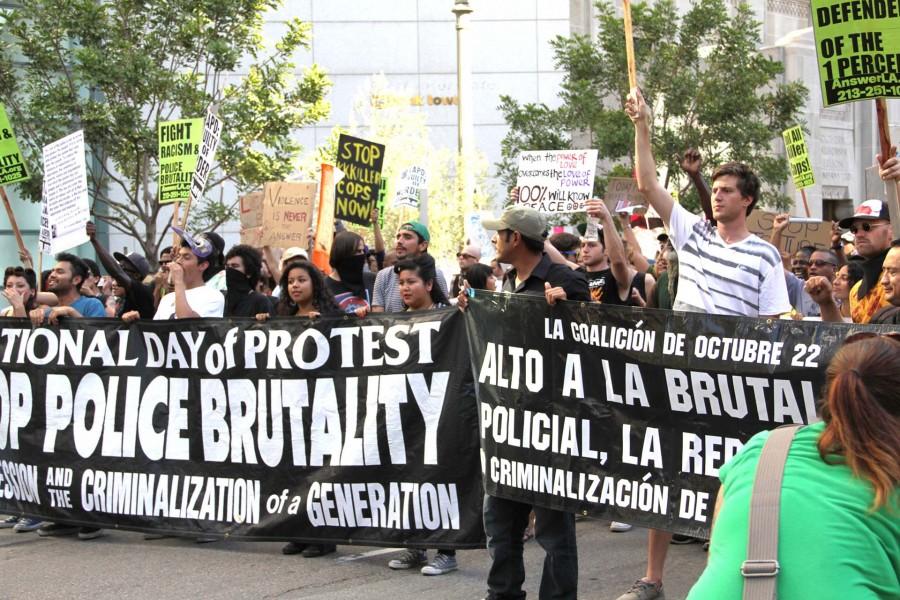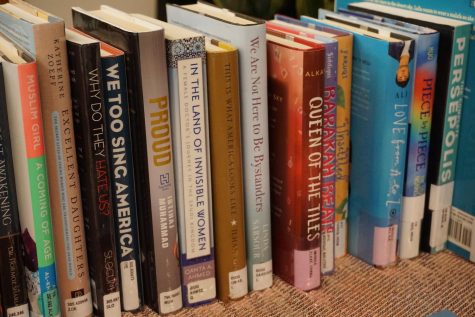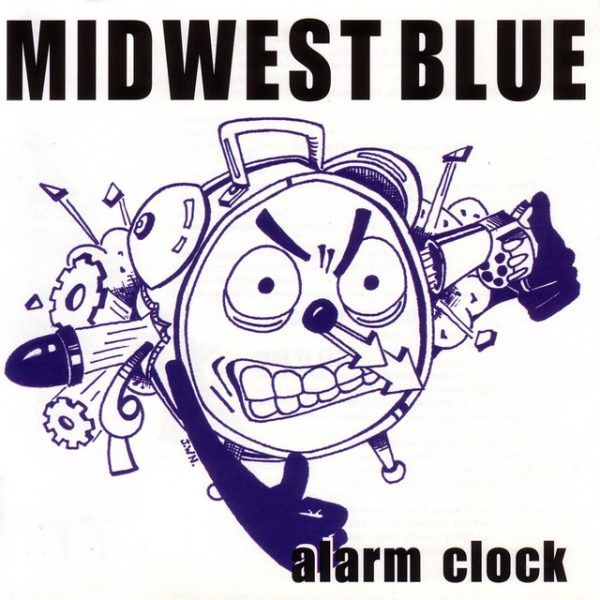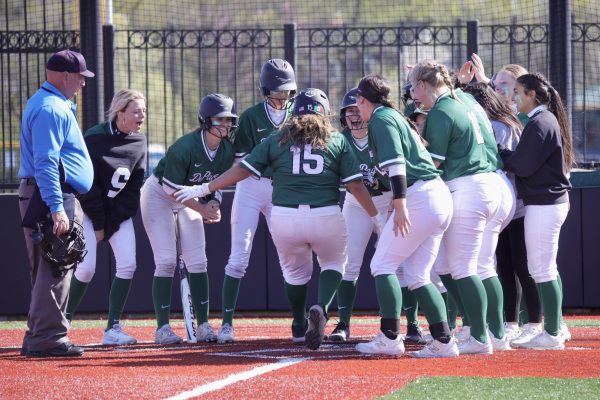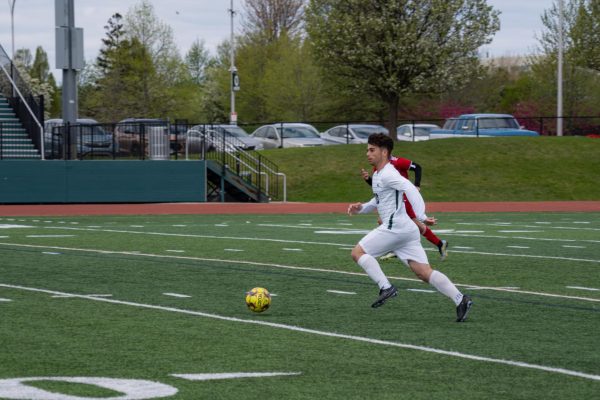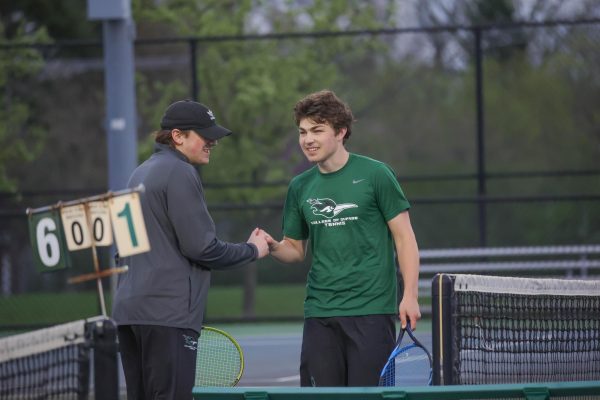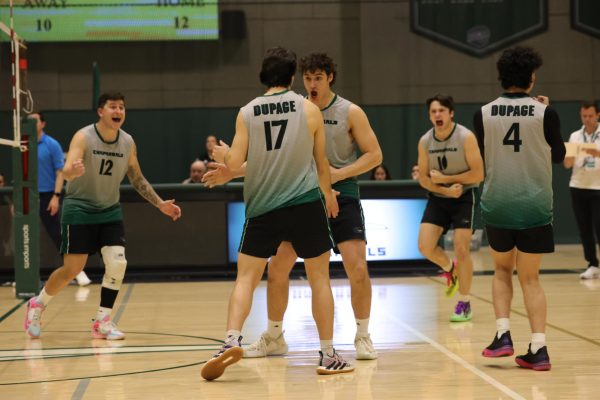The root of the police brutality epidemic
Why police training needs a revamp
Maybe we’ve just started noticing it, or maybe it’s a growing issue, but police brutality is seemingly at its peak in America. Not since the Democratic Convention of 1968 have we seen so much footage of rage, beatings, and overall abuse of power from our nation’s police force. It’s as if the power-hungry, lunch-money-stealing punk kid from every neighborhood grew up to be a cop. Either that, or good, honest policemen and women are trained so poorly that they legitimately react in the worst ways to situations they are supposed to be prepared to handle. Our bet is that it’s a mix of both.
In any profession, at any level, there will be people working for the sheer power their job brings. We have politicians who just want control. We have lawyers who just want control. We even have managers of fast food restaurants who just want control. It shouldn’t come as a surprise that we have police officers that do the same. The difference is that the control we give them is far more dangerous than it is in most other careers.
Of course, this power hunger is only true of a handful of officers, just like it’s only true of a handful of restaurant managers, lawyers, and politicians (okay, maybe there’s a bit more than a handful of politicians). A few bad seeds shouldn’t define an entire organization, but maybe the problem isn’t just the few bad seeds after all. In a profession where people’s lives are placed under someone’s authority, there needs to be a substantial amount of preparation and extensive training to ensure that only the most qualified individuals are given such a large amount of power, and in return, they need to demonstrate that they know exactly what to do with it.
Commonly referred to as “the first rule of law enforcement,” officers in training are told that the goal of each shift is to come home alive. In order to do that, they’re taught that hesitation kills. When it comes to reacting to a potential threat, officers are trained not to falter, to act on it rather than regret uncertainty later. As a result, it isn’t inherent evil or need for control that drives most police shootings. It’s fear.
When an unarmed person is shot, it’s easy to assume the worst. We tell ourselves, especially in the case of African American victims, that the officer knew what he or she was doing and did it out of racism or anger or need to prove one’s authority. Why? Because it’s easier to label that person as just another “bad seed” than to consider rethinking the entire foundation of police training.
There needs to be a greater emphasis on what to do when a situation is uncertain, rather than teaching our nation’s finest that every person is a threat that must be acted on. Thinking that someone’s cell phone is a gun is a reason for shooting them, but in no way is it an excuse. Understandably, there will always be fear when confronting a potential threat. But police officers are the people we hire to rise above that fear and handle the situation appropriately. Somewhere along the line in police training, fear needs to be addressed and diminished.
Of course, even this training won’t put a complete end to police brutality. There are still cops who would shoot someone 16 times, even if they are down after one bullet. There’s still the obvious issue of subconscious racism or bias. The list goes on, and each issue is just another checkpoint that needs to be addressed. Now is the time to start addressing them.


